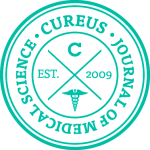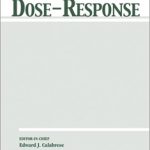Steven J. Cartwright
Degree of Response to Homeopathic Potencies Correlates with Dipole Moment Size in Molecular Detectors: Implications for Understanding the Fundamental Nature of Serially Diluted and Succussed Solutions
Homeopathy, 2018, 107 (1), 19-31

Background The use of solvatochromic dyes to investigate homeopathic potencies holds out the promise of understanding the nature of serially succussed and diluted solutions at a fundamental physicochemical level. Recent studies have shown that a range of different dyes interact with potencies and, moreover, the nature of the interaction is beginning to allow certain specific characteristics of potencies to be delineated. Aims and Methods The study reported in this article takes previous investigations further and aims to understand more about the nature of the interaction between potencies and solvatochromic dyes. To this end, the UV-visible spectra of a wide range of potential detectors of potencies have been examined using methodologies previously described. Results Results presented demonstrate that solvatochromic dyes are a sub-group of a larger class of compounds capable of demonstrating interactions with potencies. In particular, amino acids containing an aromatic bridge also show marked optical changes in the presence of potencies. Several specific features of molecular detectors can now be shown to be necessary for significant interactions with homeopathic potencies. These include systems with a large dipole moment, electron delocalisation, polarizability and molecular rigidity. Conclusions Analysis of the optical changes occurring on interaction with potencies suggests that in all cases potencies increase the polarity of molecular detectors to a degree that correlates with the size of the compound’s permanent or ground dipole moment. These results can be explained by inferring that potencies themselves have polarity. Possible candidates for the identity of potencies, based on these and previously reported results, are discussed.








Lascia un commento
Devi essere connesso per inviare un commento.